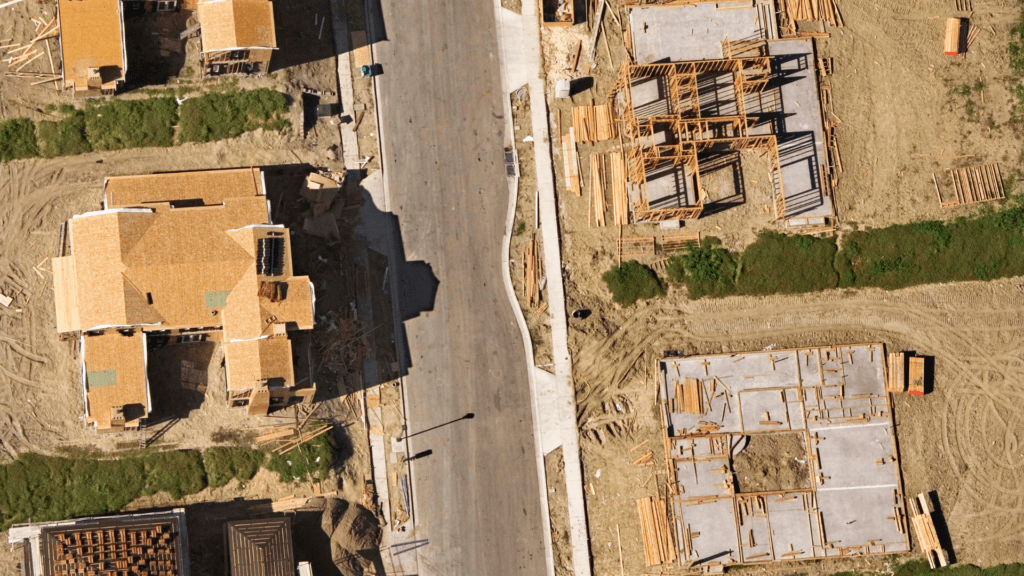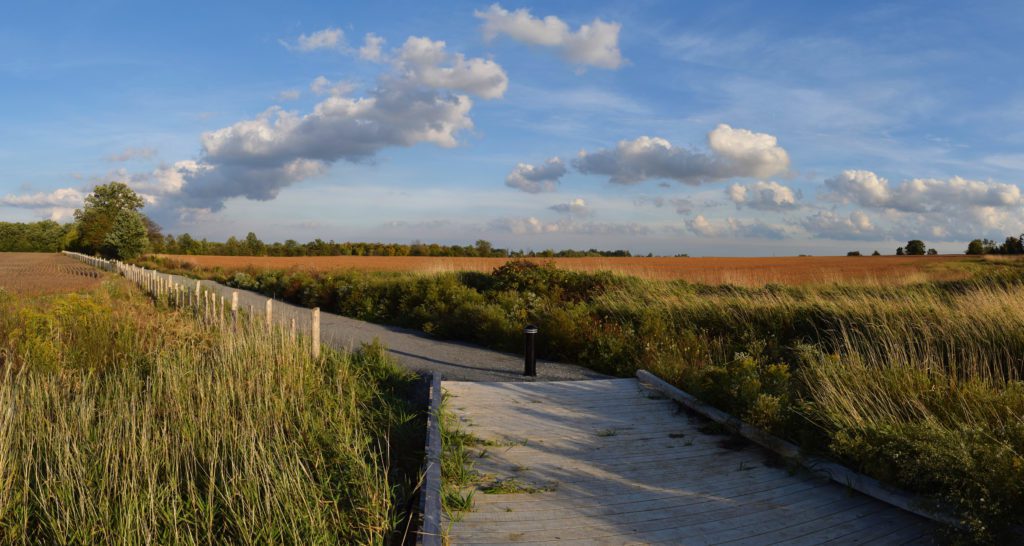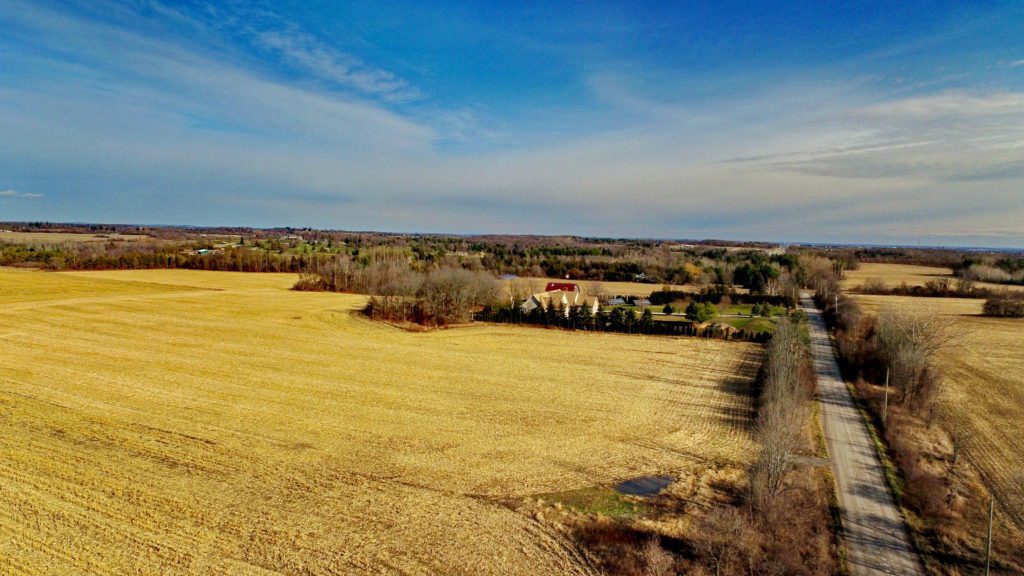This blog is part of our #ProtectOurWaters series that highlights residents who are fighting to expand the Greenbelt in their communities to protect vulnerable water supplies from urbanization and climate change. Please note that the content was updated from the original blog posted on February 13, 2018.
Kevin Thomason is an eco-warrior who has battled for years to successfully protect thousands of acres of rural countryside in Waterloo Region. Today, Kevin’s vision is to build on local protections and further protect essential resources through Greenbelt expansion. He believes this is crucial to balance future urban growth, and relieve groundwater supplies from increasing pressures.


Q: How did you get involved in Greenbelt action?
A: In 2001, I noticed too many forests and wetlands were being clear-cut and bulldozed to sustain the booming local economy in Waterloo Region. My neighbours and I set out to explore what to do to protect our natural heritage and achieve a better balance. It turned out that protecting land was far more complex than we anticipated.
Waterloo Region was excluded from the Greenbelt Plan in 2005, but still targeted in the Places to Grow Act for significant future growth, so we needed to invent our own local environmental protections. After years of effort, we developed a number of ground-breaking local protections and planning initiatives to better guide growth and protect more than 15,000 hectares of our most environmentally sensitive lands. This meant that wetlands, rivers and creeks, groundwater recharge areas, and the habitat of endangered species were protected from urban development. Our Environmentally Sensitive Landscape concept was the first of its kind in Ontario, looking at an entire ecosystem and its functions, as opposed to protecting individual environmental features or patches of forests or wetlands. We also developed other complimentary initiatives such as our Countryside Line to provide firm urban boundaries.
Now we have an opportunity to integrate and reinforce our local protections by expanding the provincial Greenbelt to permanently protect the Waterloo Moraine, the Paris Galt Moraine, and the entire Grand River Watershed.
Q: Why does water need protection in your region?
A: Kitchener, Waterloo, and Cambridge are some of the largest cities in North America dependent on local wells and groundwater for drinking needs. The Waterloo moraine is a centuries-old system of sand and gravel that filters, recharges, and stores the groundwater we depend on. Better protection of our moraines will ensure the overall health and integrity of the Grand River watershed, and the hundreds of thousands of people that depend on it. Without reliable access to clean and abundant water, farms, businesses, universities, and communities across our region would face an uncertain future.
A significant challenge we face in Waterloo Region is a rapidly growing population. We are experiencing growth at a rate of 5,000 to 10,000 new residents per year, which is putting pressure on our groundwater supplies. Unlike other municipalities in Ontario, we do not have a pipe to nearby Great Lakes. That means we have to live within the carrying capacity of our natural resources. Climate change further strains our local groundwater system by increasing the threats of drought and flooding.
Q: What steps are community groups taking to get involved?
A: For decades, Waterloo Region has shown great potential as an innovative and pioneering community, which is why we are considered a second ‘Silicon Valley’ of North America. And, we have been at the forefront of environmental protection. The concept of an Environmentally Sensitive Protected Area was pioneered here in 1974. There are more than 70 different environmental groups in Waterloo Region and our homegrown solutions have helped protect vital green space by limiting urban sprawl so that our rural townships can prosper with some of the most productive farmland in Canada. Our identity is as much tied to our farmers markets, as it is to our high-tech and leading universities.
While some traditional developers have shown opposition to limiting sprawl, there are many progressive developers throughout Waterloo Region who have embraced our local growth plan. Our politicians are to thank for this progressive outlook as they have implemented a bold regional Official Plan that challenges urban sprawl and instead aims to revitalize our core areas with new rapid transit, walkable amenities, sustainable neighbourhoods, and other Smart Growth principles.
The provincial government must recognize that Greenbelt expansion is key to reinforcing our local regional protections and growth plan.
Q: What is your vision for this region?
A: Our current growth strategy directs future growth towards the built-up areas in our community, which will make better use of land, existing infrastructure, and services. We need to consider the “big picture” when it comes to land use: balancing development while preserving all of those natural features that make our community special, like our amazing local food, cycling in the countryside, hiking our moraine, and paddling the Grand River.
Growing the Greenbelt to our region will help to ensure Waterloo Region is able to flourish as one of the most desirable places to live in North America.
Q: What needs to happen now?
A: We need citizens, community groups, and organizations across the province to tell the provincial government to keep moving forward with Greenbelt expansion – not only in the proposed areas but in additional areas needing protection as well.
We have to make sure that this visionary proposal succeeds, and that we all contribute to creating the future we want.
Ontarians love the Greenbelt and its protection of our food and water sources for future generations. Tell Ontario to expand the Greenbelt to include more areas like the Paris Galt Moraine.







